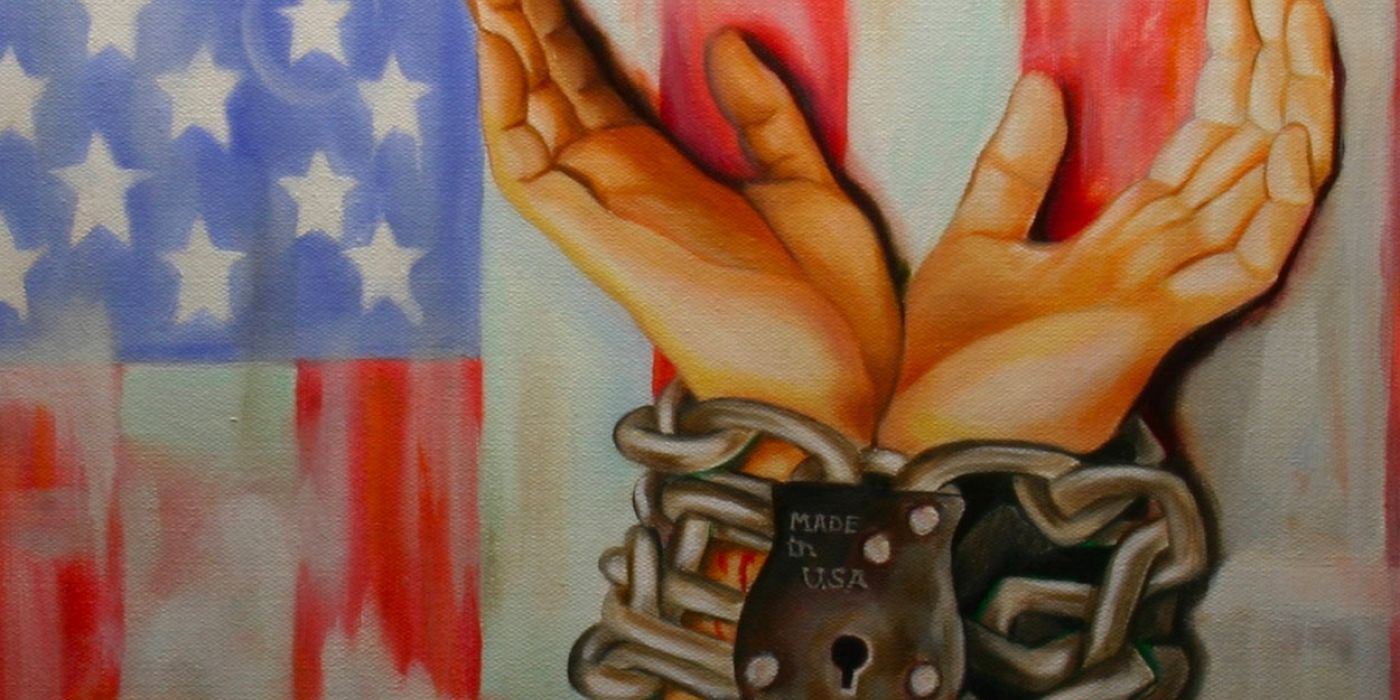

The Art of Rehabilitation: Extracurricular Activities and the Disruption of Intergenerational Incarceration

The United States is the world leader in incarceration. Prior to the Wars on Drugs and Crime, the incarceration rate was fairly stable, vacillating at almost 80 per 100,000 (Sourcebook of Criminal Justice Statistics, 2008; Blumstein & Cohen, 1973). Now, with close to 2.3 million Americans behind bars, and another 5 million under community supervision, roughly 1 per cent of the adult population is incarcerated (West & Sabol, 2009; Glaze, 2010; Guerino, Harrison, & Sabol, 2011; Pew Center on the States, 2008). Research shows that the most disadvantaged members of society have the highest risk of spending time in prison. One in nine African American men is imprisoned, and over a third of young, Black, male high-school dropouts are in prison or jail on any given day (Pettit & Western, 2004; Western & Pettit, 2010; Pettit, 2012).
The Art of Rehabilitation: Extracurricular Activities and the Disruption of Intergenerational Incarceration Bryan L. Sykes, Jason P. Gioviano, and Alex R. Piquero
The United States is the world leader in incarceration. Prior to the Wars on Drugs and Crime, the incarceration rate was fairly stable, vacillating at almost 80 per 100,000 (Sourcebook of Criminal Justice Statistics, 2008; Blumstein & Cohen, 1973). Now, with close to 2.3 million Americans behind bars, and another 5 million under community supervision, roughly 1 per cent of the adult population is incarcerated (West & Sabol, 2009; Glaze, 2010; Guerino, Harrison, & Sabol, 2011; Pew Center on the States, 2008). Research shows that the most disadvantaged members of society have the highest risk of spending time in prison. One in nine African American men is imprisoned, and over a third of young, Black, male high-school dropouts are in prison or jail on any given day (Pettit & Western, 2004; Western & Pettit, 2010; Pettit, 2012). The growth and reach of the criminal justice system has altered and disrupted the life-course trajectories of many young men (e.g., Sampson & Laub, 1997) and has also influenced how members of the public view ex-offenders (e.g., Hirschfield & Piquero, 2010). Past research implicates criminal justice contact in the reduction of earnings and employment (Western, 2002; Western & Pettit, 2005; Western, 2006; Pettit et al., 2009) and marital prospects (Western et al., 2004; Charles & Loh, 2010; Western & Lopoo, 2006) through processes of social stigma associated with having a felony record (Pager,2003; Pager & Quillian, 2005; Alexander, 2010). The social exclusion former inmates face also extends to political participation (Uggen & Manza, 2002; Rosenfeld et al., 2010) and educational attainment (Hirschfield, 2009; Kirk & Sampson, 2013; Ewert et al., 2014). Yet, despite burgeoning research on the collateral consequences of incarceration, little empirical work has examined the antecedents to criminal justice contact – particularly in the context of social background effects on student behaviour – and whether extracurricular activities mediate the potentially adverse impact of parental incarceration and stress. This chapter explores these issues.
Parental Incarceration, Aggressive Behaviours in Children, and Parental Stress
The consequences of imprisonment diffuse downward from adults into the lives of other family members. In 2012, roughly 2.6 million children had a parent in prison or jail (Sykes & Pettit, 2014). Wildeman (2009) estimates that the risk of parental incarceration has increased as criminal justice expansion gained momentum since the early 1980s, resulting in roughly 1 in 25 White and 1 in 4 Black children having a parent imprisoned by age 14. Similar estimates have been generated using slightly different methodologies that include all minors through age 17, with contemporary figures of the cumulative risk for parental incarceration among White and Black children of high-school dropout around 15 per cent and 62 per cent, respectively (Pettit et al., 2009). Current and former inmates constitute a Weberian status group whose life-chances are fundamentally altered as a result of criminal justice contact (Wakefield & Uggen, 2010). As a result of reduced opportunities for employment and housing for former inmates, children of former inmates are indirectly implicated as “legal bystanders” subjected to the effects of the legal system (Comfort, 2008). This invisible inequality produces a number of negative familial and community outcomes, especially as over half of all fathers expect to live with their children and families when they exit the criminal justice system (Foster & Hagan, 2009). While the long reach of the criminal justice system impacts inmates and their families, more recent research suggests that parole supervision may generate significant residential mobility.
